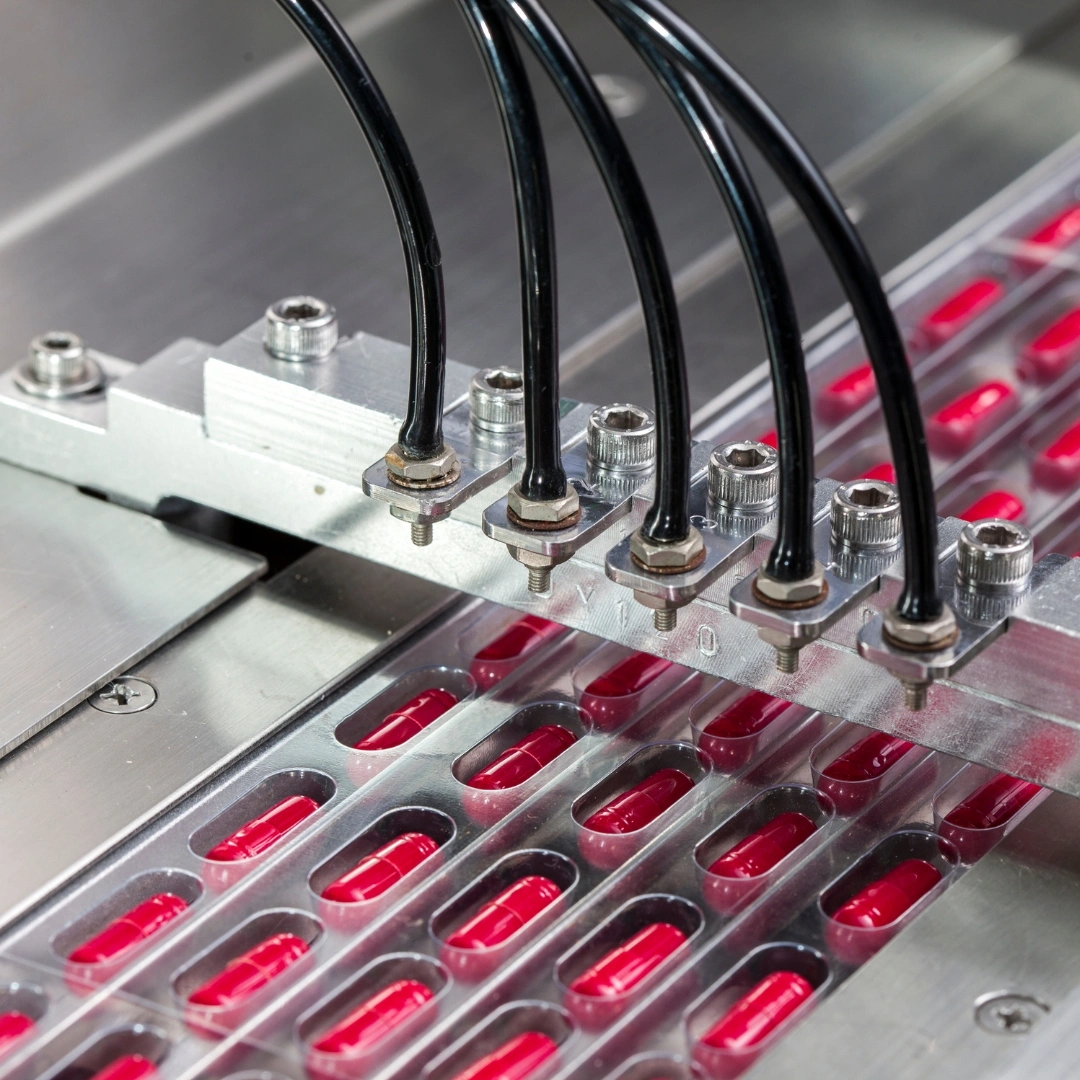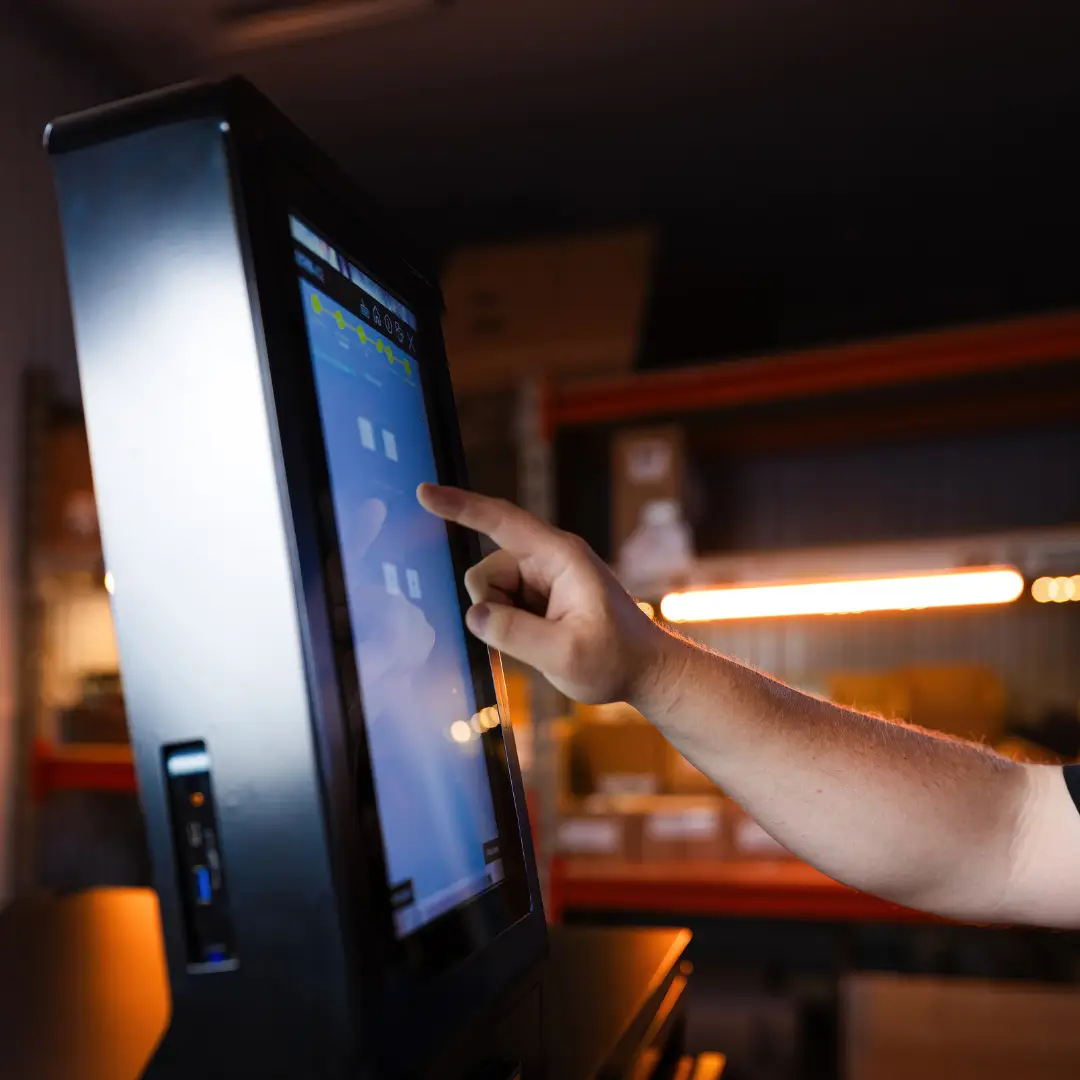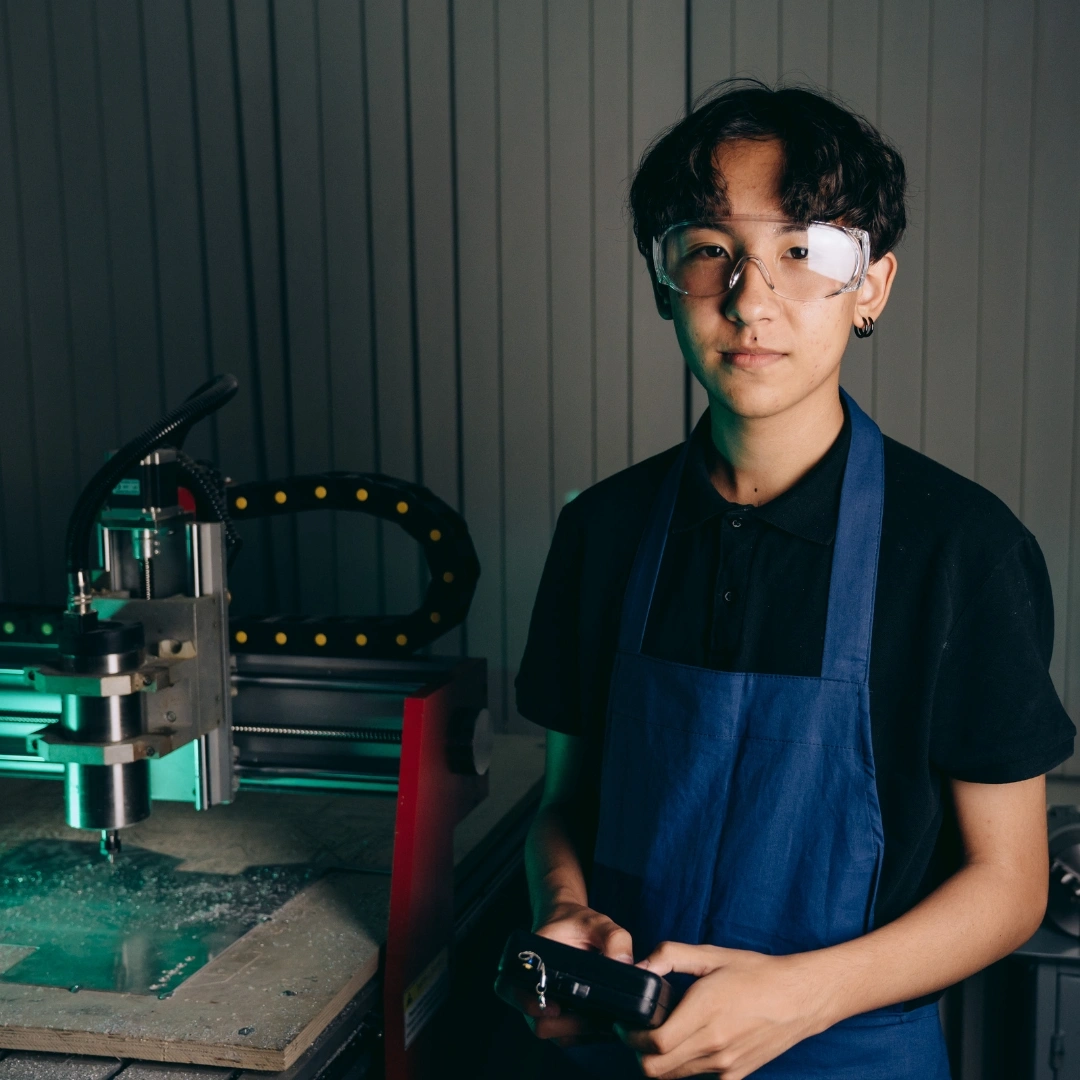The pharmaceutical production sector relies on cleanrooms to maintain manufacturing environments with minimal airborne particles and contaminants as well as reduced microorganism levels. Controlled environments function as vital zones to preserve drug product sterility and quality since injectable and inhalable drugs need absolute purity to ensure patient safety.
Every element within the cleanroom needs meticulous management to comply with strict regulatory requirements such as GMP (Good Manufacturing Practices) with particular attention to the tools and equipment used. To maintain compliance and accuracy while preventing contamination cleanrooms require careful selection and maintenance of each instrument and cleaning device along with tracking them. Inadequate control and improper management of these tools can trigger major problems that result in product recalls and audit failures while endangering public health.
This blog examines various tools and equipment that pharmaceutical cleanroom settings frequently utilize. It will also address tool and inventory management difficulties and describe how technology along with tool management software helps maintain compliance as well as enhance efficiency and mitigate risk. This guide provides strategies to enhance your cleanroom tool management regardless of whether your facility operates on a small scale or manages large-scale operations.
Types of tools and equipment used in cleanrooms
Pharmaceutical manufacturing cleanroom operations require specialized equipment that adheres to rigorous contamination control standards. These tools must function precisely.
- Manual Tools: Cleanroom-compatible manual tools such as wrenches and screwdrivers feature easy cleaning elements and anti-magnetic properties which help to avoid interference with sensitive equipment.
- Measuring Instruments: The process of monitoring environmental parameters depends on calibrated thermometers and pressure gauges as well as hygrometers and particle counters for accurate measurements. The routine calibration and certification of devices is needed for compliance with GMP and ISO standards.
- Sterile Handling Equipment: Standard equipment for transferring sterile materials consists of stainless-steel trays along with forceps, pipettes, spatulas and beakers.
- Maintenance Tools: Maintenance of cleanliness relies on equipment including cleanroom-compatible vacuums along with lint-free mops and cleaning trolleys. Validation is required for tools intended for cleanroom environments.
Effective management and operation of these tools significantly contributes to cleanroom integrity maintenance while fulfilling regulatory compliance requirements.
Inventory management challenges in cleanroom environments
The management of tools and equipment in cleanroom settings requires special approaches because it involves challenges beyond regular inventory control. There is a greater risk because any mistake could result in contamination problems or regulatory breaches while endangering product safety.
The threat posed by cross-contamination stands as a primary concern for cleanroom tool management. To prevent accidental microbial or particulate transfer, tools should be separated based on their specific use, location, and process. Proper inventory tracking systems are essential because without them tools can be easily misplaced or reused unintentionally leading to greater contamination risks.
In busy cleanroom environments tool misplacement and mix-ups frequently occur. Strict protocols and limited access lead to time-consuming and disruptive tool retrieval and replacement processes when inventory systems do not provide real-time visibility.
The necessity for cleaning and sterilization processes introduces additional complexity layers. The re-entry of tools requires logging them and setting cleaning schedules followed by sterilization verification. Production stops when manual tracking results in missed items and delay occurrences.
Instruments used for monitoring or production require consistent calibration and maintenance tracking. Failing to meet calibration deadlines may lead to data inaccuracies and audit failures or necessitate product recalls.
Maintaining regulatory documentation is another critical challenge. Regulatory compliance with FDA, EMA, and WHO standards demands comprehensive traceability and validated records for cleaning and calibration activities along with audit logs.
The role of technology in streamlining cleanroom tool management
The management of cleanroom tools in pharmaceutical manufacturing becomes more streamlined and powerful through the use of technology. The growing requirements for regulatory compliance and precision make manual tracking unsustainable for the majority of operational processes.
Organizations are implementing cloud-based tool and inventory management systems to overcome these challenges through centralized tracking and real-time alerts while providing instant data access during audits. The system improves both compliance measures while operational efficiency and accountability standards get better.
Modern tool management software functions as a unified control centre for cleanroom tools and equipment through its seamless integration with ERP systems. This integration capability enables immediate tracking of equipment availability and usage history while also monitoring their physical locations which minimizes the chances of tools being misplaced and experiencing service interruptions.
The automated tracking system for sterilization cycles makes sure that all tools undergo proper cleaning processes and pass validation checks before they re-enter the cleanroom. If tools fail to meet sterilization standards the system will flag them for cleaning or automatically place them in quarantine.
The tool management system handles calibration schedules for all measuring instruments on its own. Timely maintenance alerts and notifications prevent equipment failure and non-compliance issues during audits.
Cloud-based platforms deliver full audit trails and compliance documentation instantly through anywhere access. The system allows regulatory agencies like FDA or EMA to conduct audits without obstacles while boosting traceability and operational efficiency and accountability.
The appropriate technology enables teams to uphold compliance standards while reducing human error and optimizing cleanroom procedures in strictly regulated settings.
Successful management of cleanroom tools is vital for ensuring the integrity of pharmaceutical manufacturing processes alongside maintaining safety and regulatory compliance. For cleanroom environments to operate efficiently and maintain compliance today proper tool and inventory management systems have become strategic necessities. The right technological investments today create a foundation for safer and more resilient manufacturing operations that meet compliance standards in the future.
Streamline cleanroom tool management with CRIBWISE
CRIBWISE provides complete traceability solutions along with automated calibration tracking and secure access management for essential tools in the medical equipment and pharmaceutical sectors. Tool and inventory management software helps to minimize contamination risks while ensuring compliance standards and improving performance outcomes. CRIBWISE provides solutions across precision instruments to consumables which help you maintain operational accuracy while boosting efficiency and achieving audit-ready status.
Want to master your cleanroom tool and inventory management? Book a demo and discover the power of CRIBWISE today.


